If you’re just starting out with iPhone photography, embarking on this new photographic adventure can be a daunting prospect. Even if you’ve been using your iPhone camera for a while, you might be lacking the confidence to take your photography to the next level. In this tutorial you’ll discover ten inspirational ways to build your confidence as an iPhone photographer, improving your skills and photographic eye along the way.

1. Be Proud Of Being An iPhone Photographer
A common misconception with photography is that you must buy the best camera equipment to take the first step in becoming a serious photographer. But nothing could be further from the truth. There’s a saying in photographic circles which goes, “The best camera is the one you have with you.”
The reality is that you’re not going to carry a top of the range DSLR camera with you everywhere you go, but you’ll invariably have your iPhone with you. This means that you’ll never miss a photo opportunity and you can practice your photography no matter where you are.
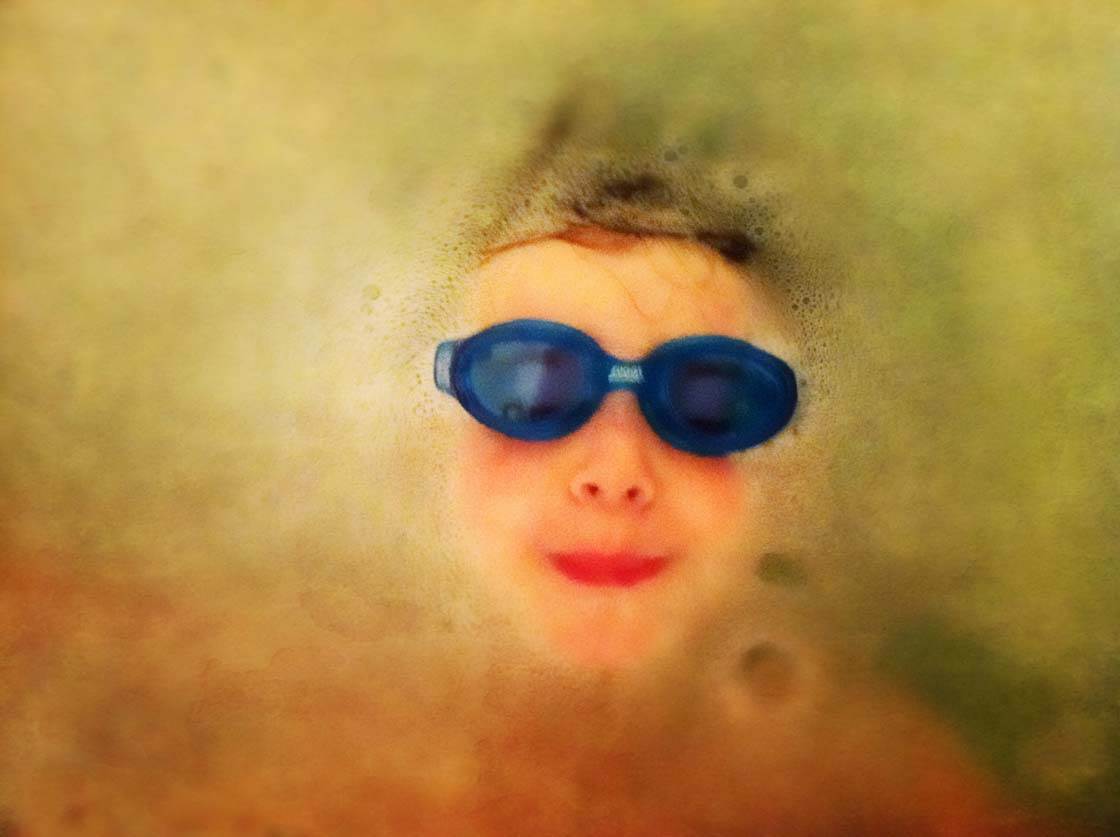
Since the iPhone was released, the camera has dramatically improved with each iteration of the phone. The camera on the latest iPhones compare very favorably with most modern point and shoot cameras, and they’re much easier to use.
The iPhone also has the added bonus of being able to enhance and manipulate your photos directly on your device using a wide range of image editing apps. And you can share them instantly with family, friends and other photographers using photo sharing apps.
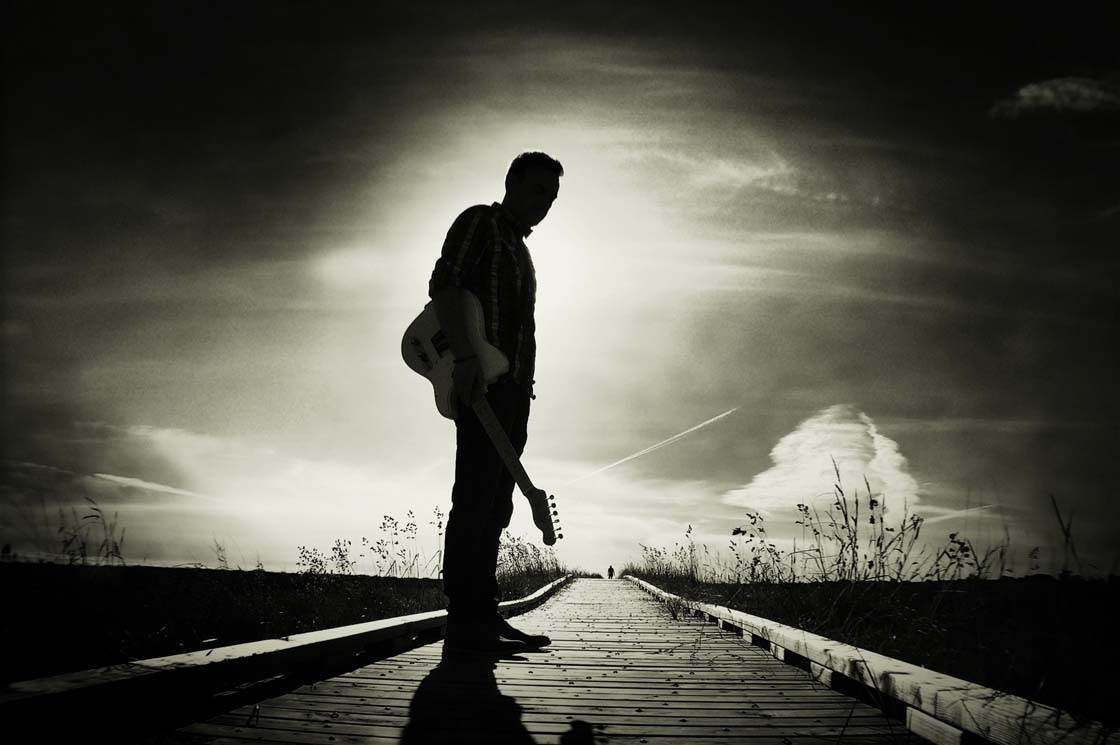
Be proud of your iPhone camera. And be confident that you can take great photos with it. The images in this article were all taken and edited on an iPhone. They range from the time I started out right up to date and cover a wide variety of photographic styles, just to show what can be achieved with this amazing device.
2. Photograph Everything
When you’re first starting out with iPhone photography, you should shoot everything that catches your eye. Take photos of the same subject from lots of different angles to get a better idea of what works and what doesn’t.
Even for the more experienced photographer, sometimes it’s difficult to visualize how a scene will turn out when you capture it with your iPhone. What your eye sees and what the camera captures often look quite different.
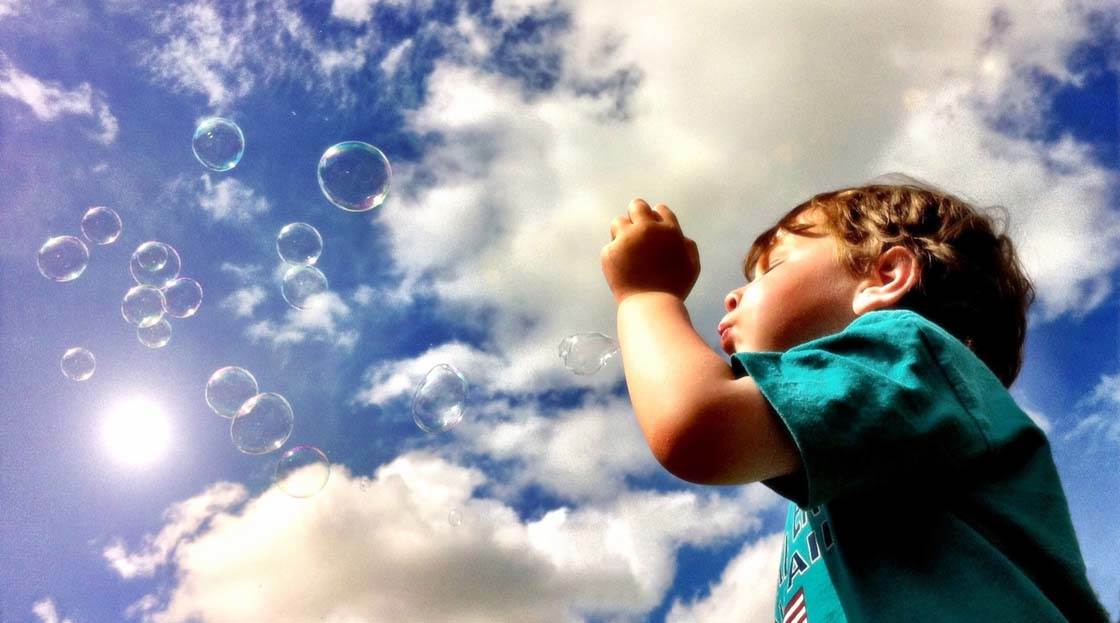
By photographing as many different subjects and scenes as you can, you’ll start to get a better idea of how a photo will turn out in different lighting conditions and using different composition techniques or shooting angles.
Taking lots of photos every day will help you to quickly develop your photographic eye. Once you start trying to photograph anything that you consider a potential photo opportunity, you’ll be surprised at how quickly you become more confident about your photographic ability.
3. Develop A Style
After you’ve been shooting with the iPhone for a while, you’ll probably begin to develop your own personal photographic style, favorite locations and subjects based on your interests.
Not everyone has a strongly defined style of photography that they stick to, and that’s absolutely fine. But if you start to concentrate on your favorite subjects this is likely to give you more confidence as you build up a consistent body of work.
I love the outdoors and hiking, and when I head out for a hike I always bring my iPhone with me. As a result, the bulk of my early shots were landscapes.
Once I got comfortable with what I was trying to capture in my landscapes I was able to start thinking more about composition and lighting, and these early lessons have stayed with me as I moved on to other subjects and styles.
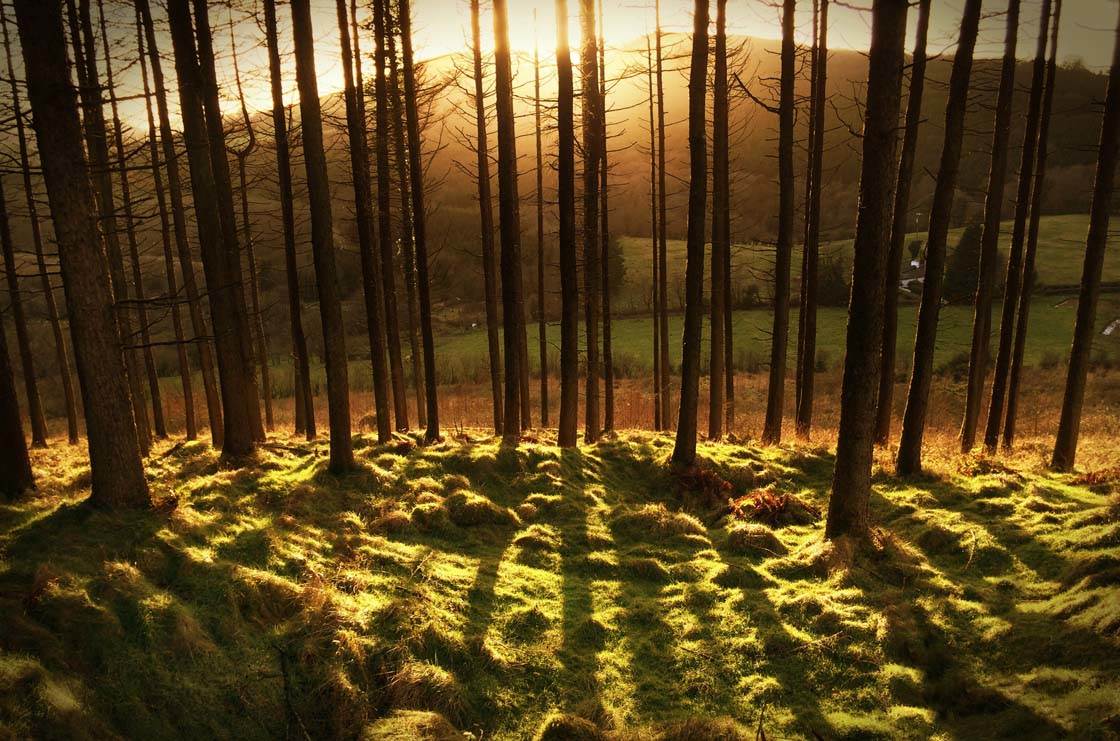
This photo was taken on one of my many trips to a local mountain range. Each time I head up there I become more familiar with the place, and I’m getting to know where to get the best shots to suit the current conditions.
Developing your own style doesn’t just apply to your shooting technique and subject matter – it will also help if you start to develop a consistent style of post-processing.
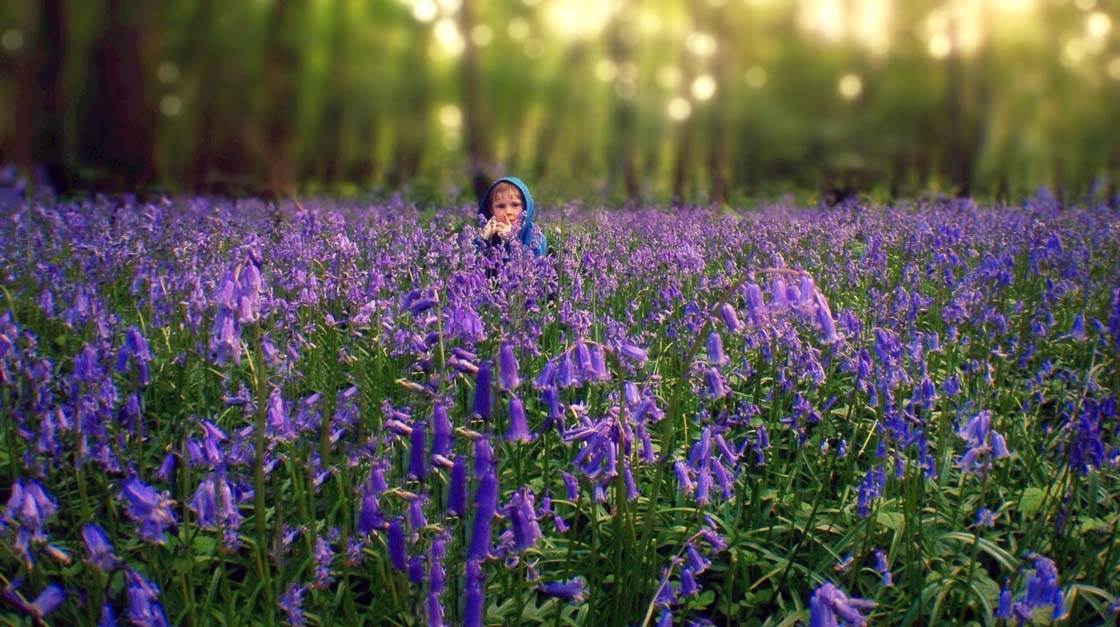
If your photos are all edited in a similar way, they’ll look better when you display your images together, and your photography is more likely to be recognized because of its consistent style.
As your photography evolves, your post-processing techniques probably will too, and that’s fine for your style to change. But having a focus when you edit your photos will help you decide which filters and adjustments to use, ultimately giving you more confidence in your work.
4. Realize That Not Every Photo Will Be A Masterpiece
This is an important thing to realize early on in your iPhone photography journey. When I first started taking photos I couldn’t wait for the day to come when I would only take “good” photos. Over five years later I’m still waiting for that day.
It’s true to say that the more photos you take, and the more you practice, the less bad photos you’ll take. But you’ll never reach a point where every photo is a “keeper.” There are still times when I shoot hundreds of photos over the course of a day, and when I review them later there are only a few that worked.
If you let this discourage you, it’ll really knock your confidence. So stay positive and see it as an important process which allows you to learn from your mistakes.
As you get more experience you’ll be able to spot what you did wrong when reviewing your shots. And the next time you’re out shooting, you can take steps to try and make sure it won’t happen again.
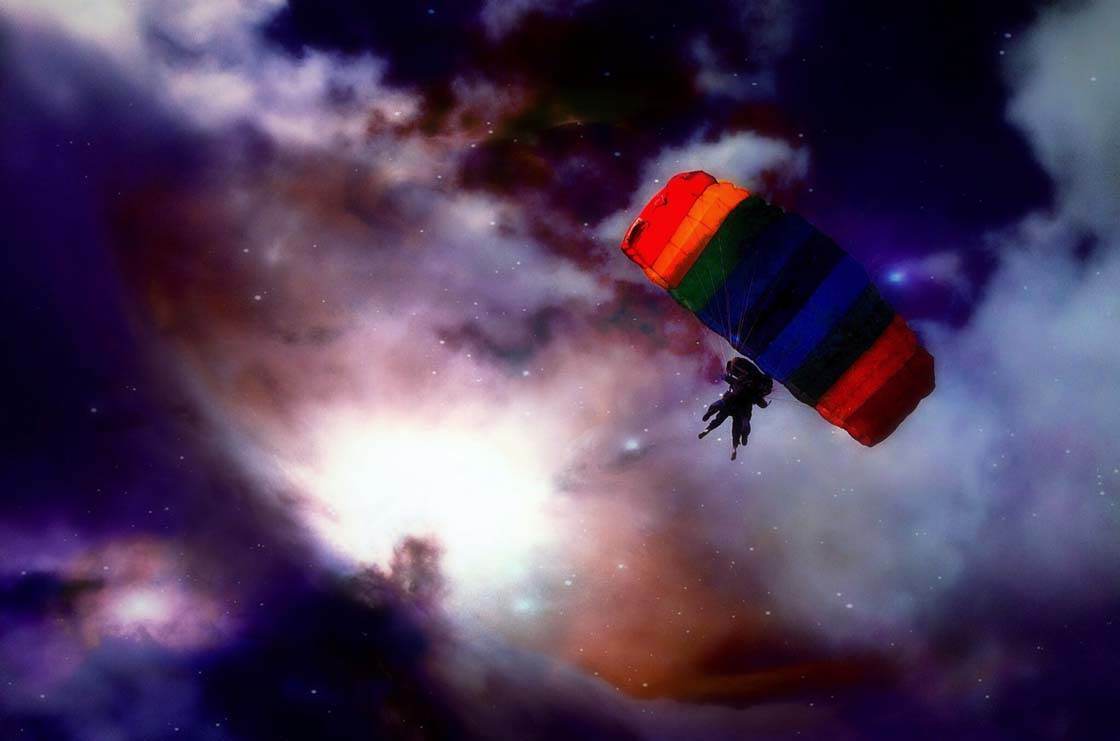
In this example I took a photo of some tandem skydivers at a local airfield, and then used the Picfx app to bring in the nebula in the background. At the time I thought it worked, but looking back now I realize how cheesy it is.
Remember that even the most successful photographers only show a small percentage of their photos – the rest either get deleted or nobody else sees them.
Keep in mind this quote from the famous American black and white landscape photographer, Ansel Adams: “Twelve significant photographs in any one year is a good crop.” Your aim should be to get one photo that you’re truly happy with every month.
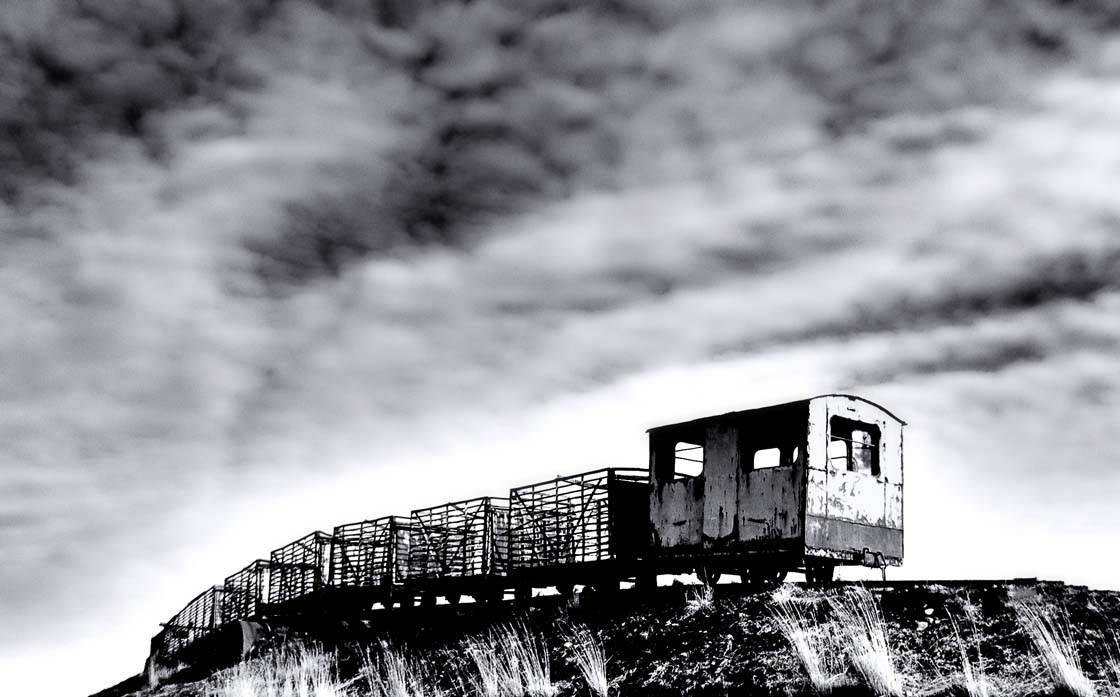
This photo of an abandoned bog train is one of my first iPhone photos, and when I look back it’s probably the only one I still like from all the photos I took that year. It was very much influenced by the work of Ansel Adams.
5. Compare Your Old Photos With New Ones
A great way to give your confidence a boost is to compare your old iPhone photos with recent ones. We don’t always notice whether our photography is improving as it’s often a slow, gradual process. But seeing improvements in your work will motivate you to keep pushing your photography to new levels.
In particular, you should compare photos taken at the same location, but at different times, to see how you’re improving. Look at all aspects of the photos, including image quality, lighting, composition, exposure and post-processing.

These two photos above and below were taken in the same place. The lighthouse in Howth Harbour just outside Dublin is a beautiful old building. The first photo was taken when I was just starting out. I took it with one of the first iPhones, the 3GS.
As the zoom isn’t good on the iPhone, I ended up with a lot of sky in the shot. I tried to compensate by adding grunge and blur effects to make the sky more interesting. Looking back now it’s just a very messy shot and the lighthouse, which should be the focal point, is lost.
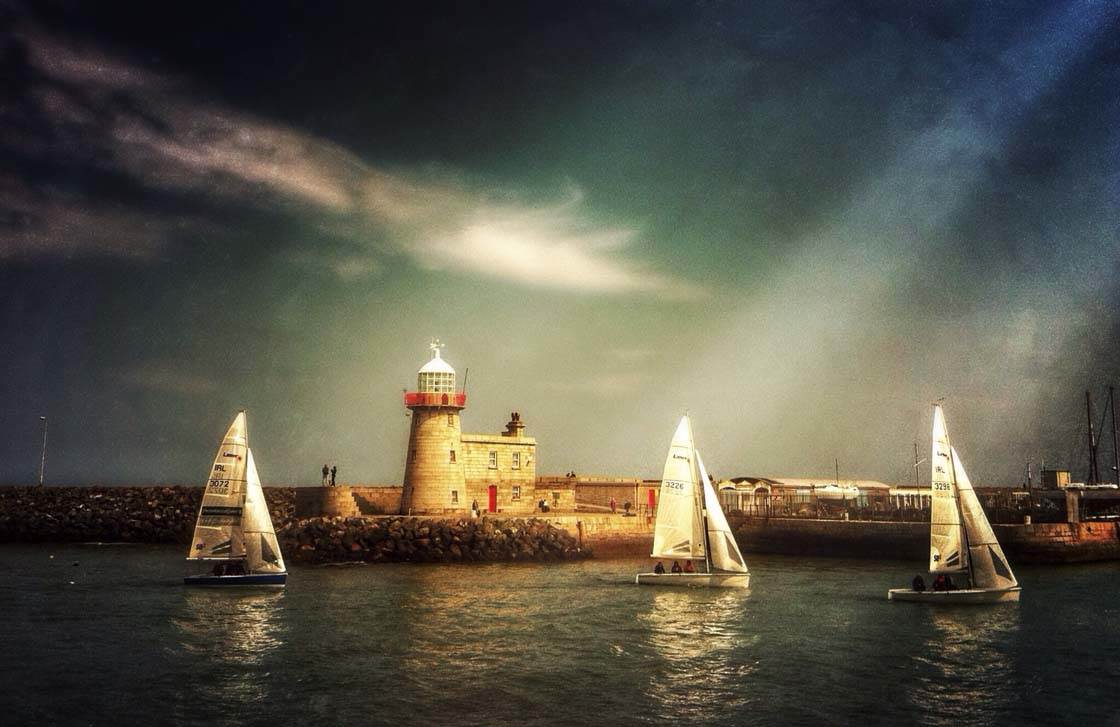
I revisited the same location a while later as I really wanted to try and get a good shot of the lighthouse. This time I’d upgraded to a newer iPhone with a better camera and I had the added bonus of boats returning to the harbor when I got there.
I took this photo from the same vantage point as the first photo, but due to the increased image quality on the newer iPhone I was able to crop the photo to remove some of the sky. As a result, the lighthouse and the boats have a much stronger impact in the photo.
Also the processing on this second image is not as obvious as it is on the first photo. In this case, I think there’s a definite improvement in the second photo that I took.
Comparing old and recent photographs is an important part of building your confidence. Review your old photos with a very critical eye and identify where you went wrong, then revisit the same location and try to improve on your original image, both in terms of taking the photo and processing it afterwards.
6. Look At The Work Of Other Photographers
Looking at other people’s photos is a great source of inspiration and motivation. Comparing your work to more established photographers in your preferred genre will give you a good indication of the improvements you need to make.
Here at iPhone Photography School, you can read our weekly interviews with talented iPhone photographers where you can learn more about their photography and view a selection of their favorite photos.
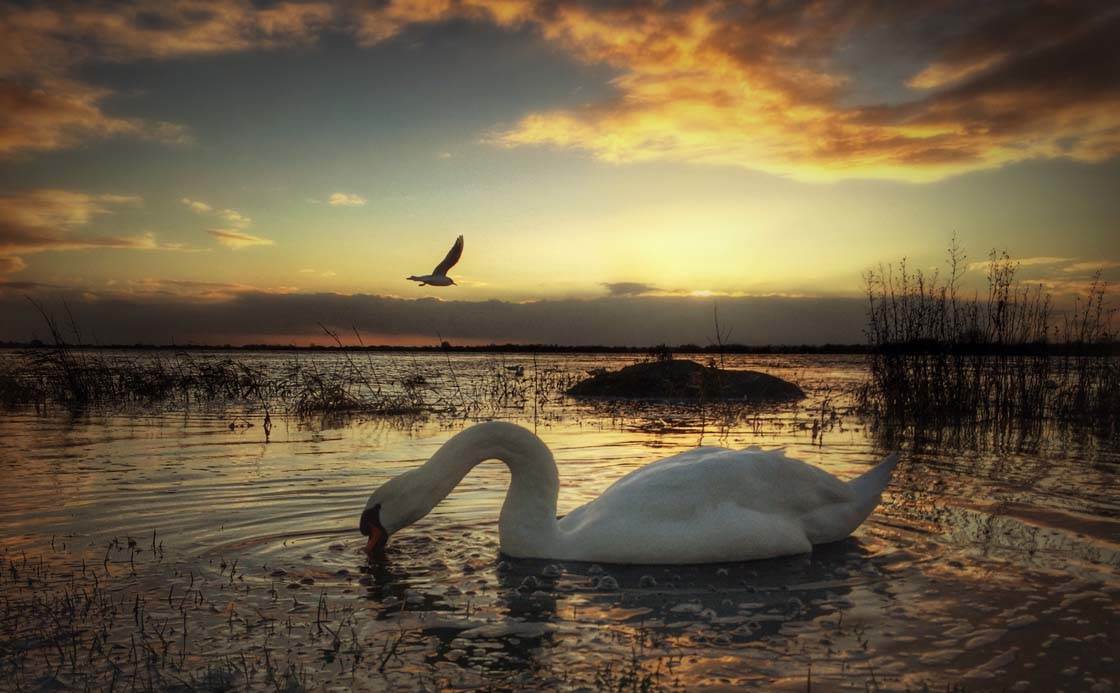
There are also a number of very good websites and apps where you can view the work of amazing photographers. Sites such as Flickr, 500px and National Geographic have very diverse selections of images from vastly different photographers. You can get lost in these sites for hours, admiring wonderful photos from all different genres.
As a beginner you might find yourself a bit overwhelmed by the variety and quality of photos on display (not all of them are brilliant by the way!). At first, looking at amazing photographs might knock your confidence. “How will I ever take photos that good?” I hear you say!
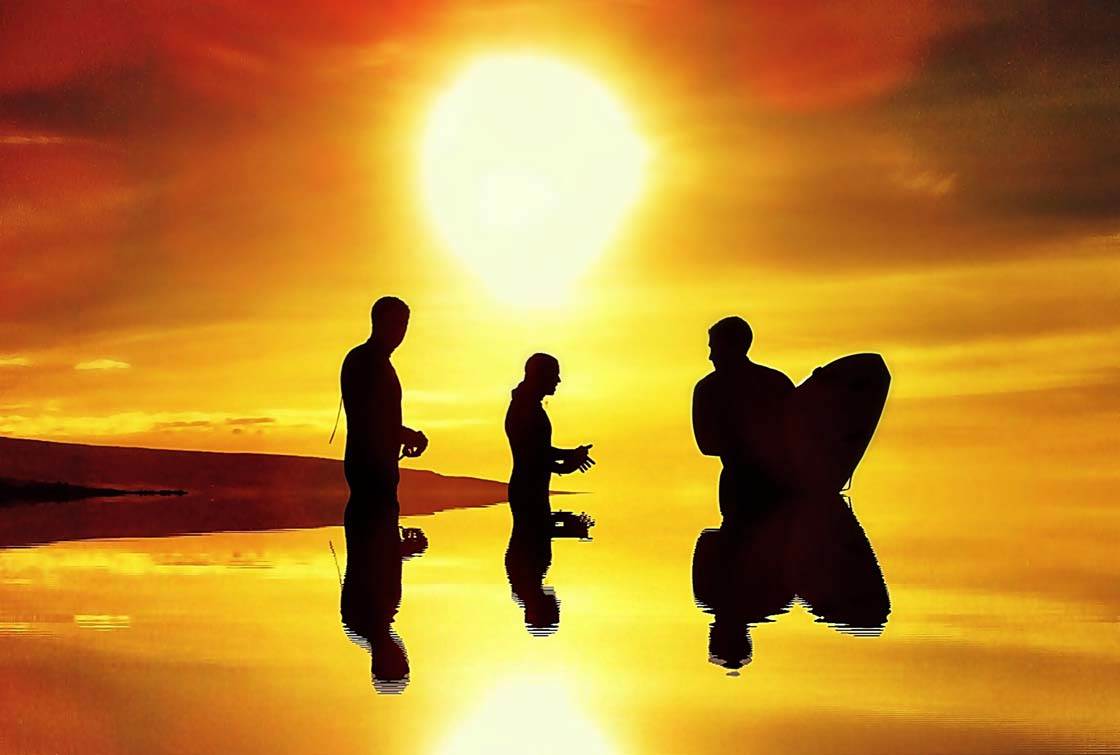
However, as you improve, surfing these sites can throw up new techniques and ideas for shots that you might not have thought of yourself. And when you manage to reproduce that idea or technique in your own photography it will be a real confidence booster.
The majority of photos on the sites listed above are taken with “proper” cameras, so there’s something very satisfying about posting your iPhone photos on these platforms and getting a positive reaction from other photographers.
7. Share Your Photos On Social Media
Once you’re happy with the photos you’re taking, you should start sharing your photos online using social networking and photo sharing sites such as Instagram, EyeEm and Facebook.
There’s nothing better to boost your confidence than receiving “likes” and positive comments on your photos from fellow photographers.
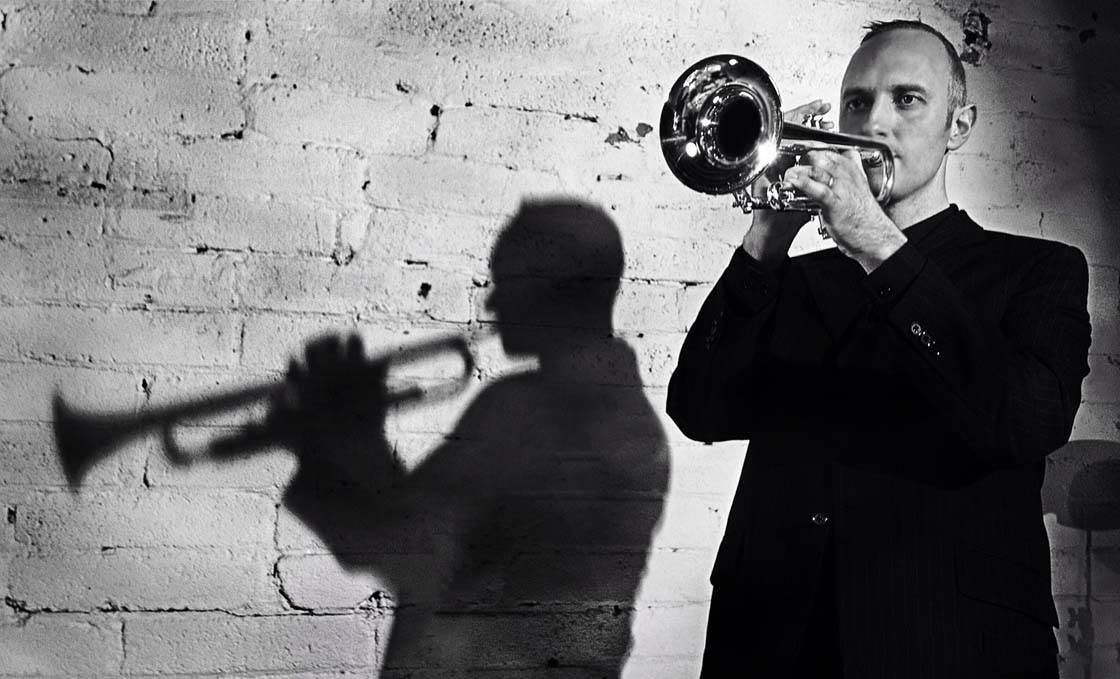
By sharing your images on these services you’ll slowly start to build up a network of photographers that you can ask for advice and feedback. The iPhone photography community is very supportive.
Just be aware that there are “trolls” out there who use these social media sites only to be nasty and controversial. If you come across people like this, just block them and carry on sharing your photos with the people who appreciate them.
8. Set Goals
Building your confidence as a photographer is all about taking small but significant steps to improve your skills and technique. The more improvements you see, the more confident you’ll become, and the quicker you’ll excel as a photographer.
If you’re serious about improving your photography, you should set yourself regular goals and challenges. Give yourself a time limit, but make sure your goals are achievable so that you can keep building on your success.
Examples of goals and challenges could be learning to use a particular app by a certain date. You could pick a style or genre of photography that you’re not comfortable with and give yourself a time limit in which to try and learn the basics of this new style. Or you could challenge yourself to a 365 photo a day project.
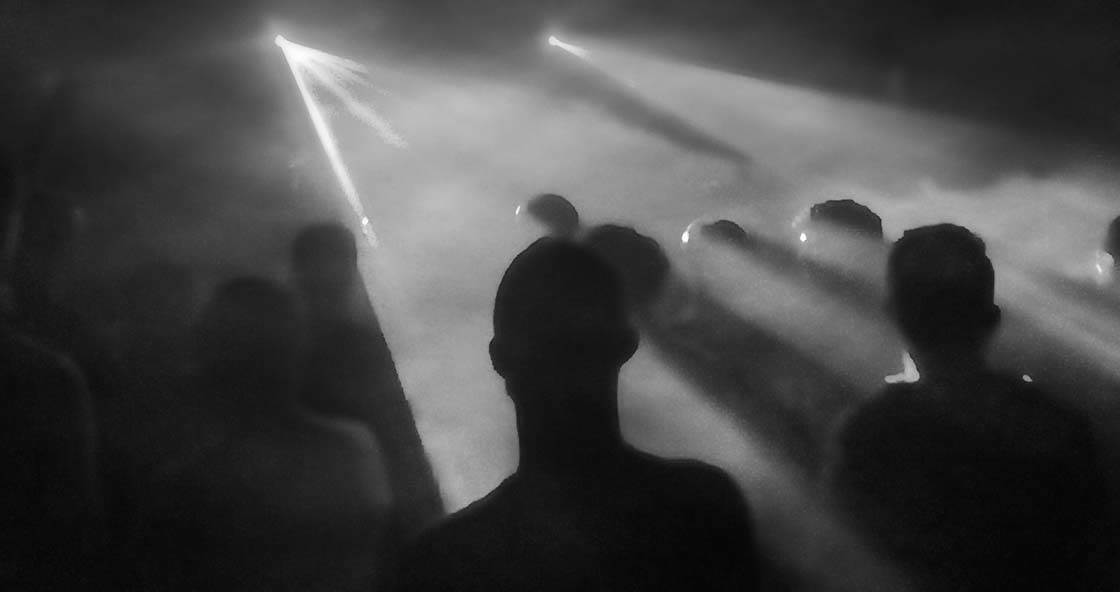
I love live music and this year one of my goals is to get better at capturing the atmosphere of live concerts. Having this goal in mind pushes me to try harder, experiment with new techniques and approach my photography in different ways.
9. Enter Photography Competitions
Entering photography competitions might be a daunting thought, but just imagine how amazing it would feel to have one of your photos selected and to win some of the great prizes on offer!
There are many competitions dedicated purely to mobile photography, such as the Mobile Photography Awards, the iPhone Photography Awards and the MIRA Mobile Prize. Watch out on social media for approaching deadlines for photography competitions.
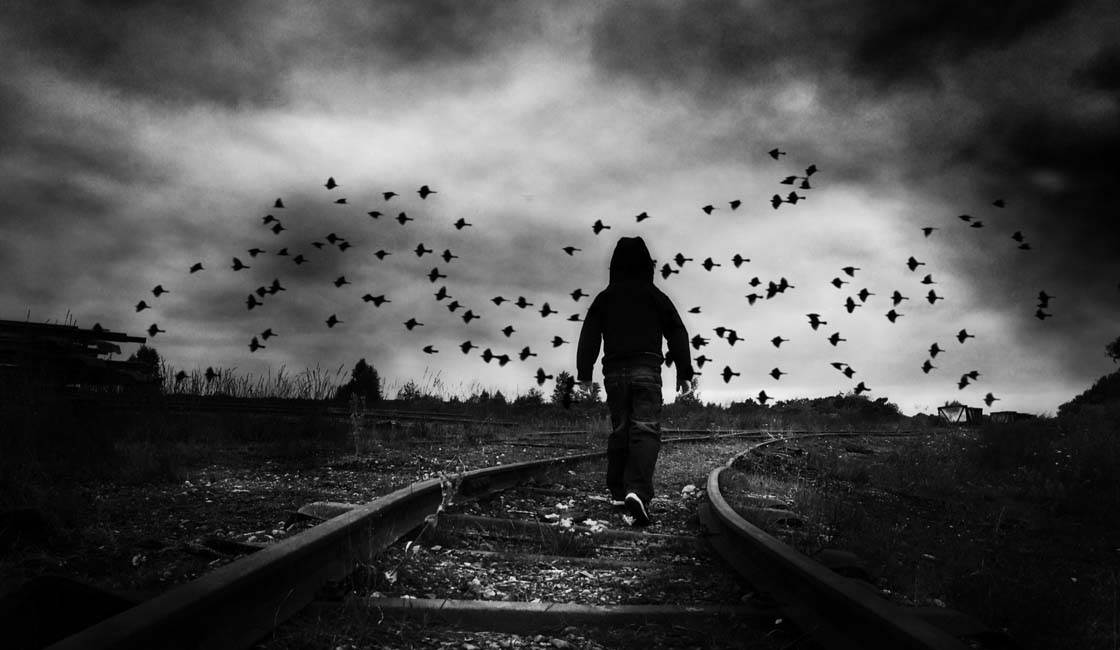
If you’re not confident enough to enter a major competition, then why not enter your iPhone photos in our weekly photography contest here at iPhone Photography School? Each week 30 winners are selected and the images are published on our site and shared on social media.
Even if your images don’t get selected, by entering these competitions it will encourage you to become more critical of your own work. Normally you’ll be limited to a few entries so you’ll have to be very selective in what you submit.
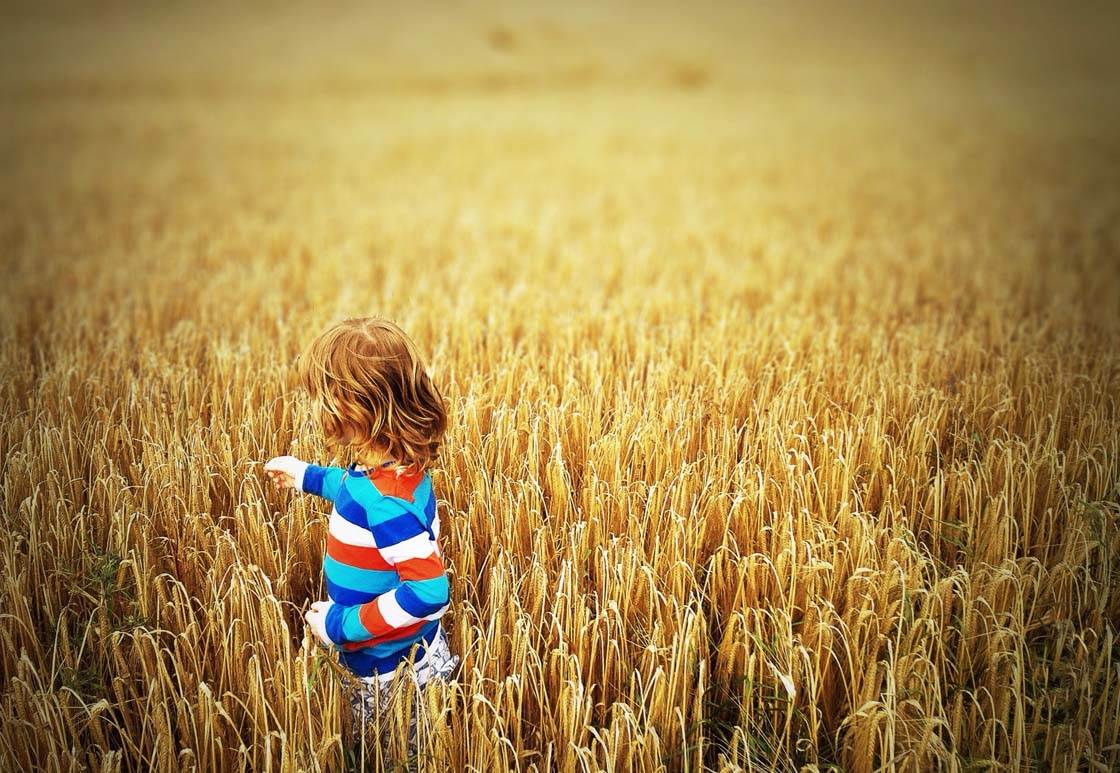
This means you’ll need to examine your photos in great detail. Analyze your photos in terms of subject matter, composition, lighting, exposure and the quality of your post-processing.
This can be a very helpful process as the next time you’re out taking photos you’ll be conscious of avoiding the mistakes you’ve identified. This all goes to helping you improve your photography and building up your confidence.
10. Keep Learning
Ultimately the best way to improve your confidence as a photographer is to keep learning new skills and developing your photographic eye.
There are a huge amount of resources available to help you learn more about iPhone photography. Here at iPhone Photography School we have a vast collection of free tutorials to help you learn new photography techniques, master new apps and find interesting subjects to shoot.
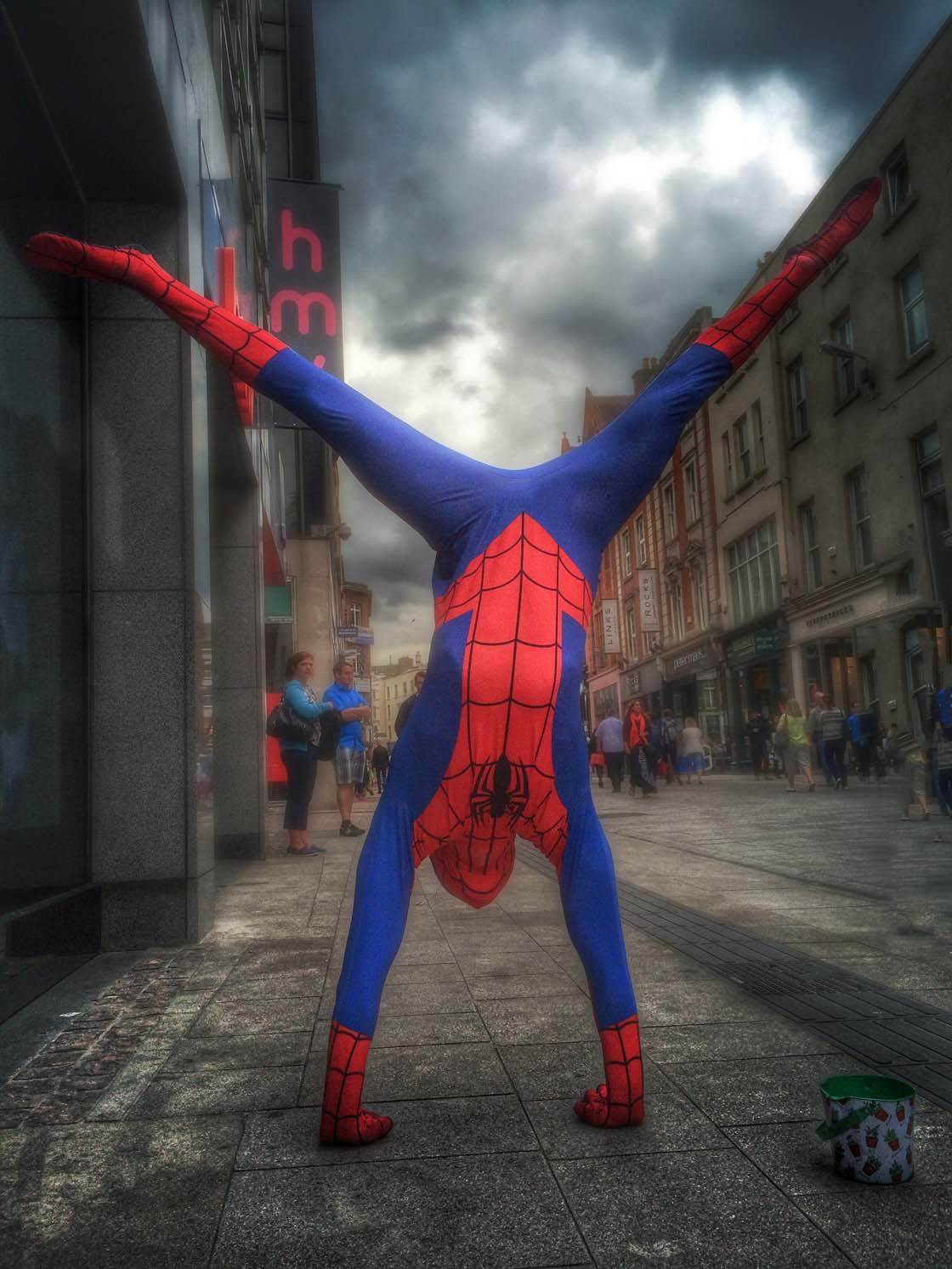
Try to learn something new each week. Read a tutorial or article online, pick up a photography book and read a chapter, find photographers on photo sharing sites that you admire and study their photography.
Another good idea is to search for quotes from famous photographers and learn from their words. These quotes can be great for focusing the mind on the job at hand when you’re out taking photos.
I mentioned Ansel Adams earlier, and I would recommend that any up and coming photographer look up the many quotes attributed to him regarding photography in general. My personal favorite is “There is nothing worse than a sharp image of a fuzzy concept.”
Keep learning, keep taking photos, and your confidence will naturally grow as you begin to take better iPhone photos each day.
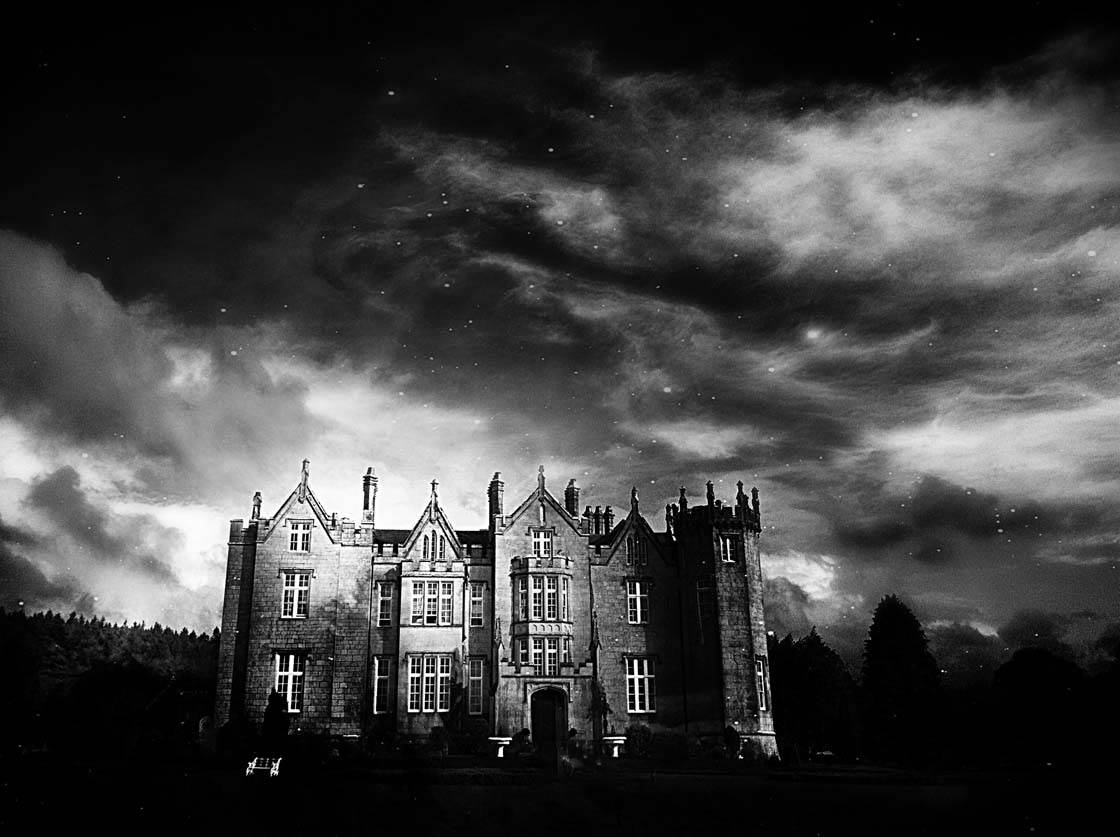


Great tips, Paul. I’ve enjoyed my iPhone photography journey and there is always something new to learn. Such a great community to be involved in too!
Is there any way I can increase storage on the iPhone , like getting a new chip installed? I thought I had 32 GB but seems I only have approximately 12GB. I bought 50GB on Cloud, which I think is Cloud Drive. I don’t understand Cloud or instagram. Is there a free guide I can get help with? How do you all manage your storage? I’m transferring mine to my iPad. I don’t have use of a computer . I have been enjoying this class. Going slowly, but but steadily. Playing with editing and just having fun.
Unfortunately you can’t increase the storage space on your phone. Here’s a tutorial that will help you understand iCloud: https://iphonephotographyschool.com/icloud-photos/
I appreciate this. Thank you
there are a few ‘doohickey’ type things you can buy which will fit in your lightning port. just google “additional storage for iphone”. they’re like usb keys.
Thanks Tari. i will Google right now.
you’re welcome. sadly, these are not too inexpensive. Leef seems a popular choice as a brand. i really like the one where you can use it with a micro SD card. that makes it way more expandable than the two times price once which is only 64 gigs.
you are right Paul, for me not just lack of confident but I also not sure what I have done to my photo, best of my hope following to your tips and trick will trig my encourage to do better and better in iphone photography.
This is very encouraging. It’s as if you read my thoughts…
and put better ones in their place. Thank you.
This is a great group. I always enjoy the articles and learning from them. Thank you
Happy to hear that Arline 🙂